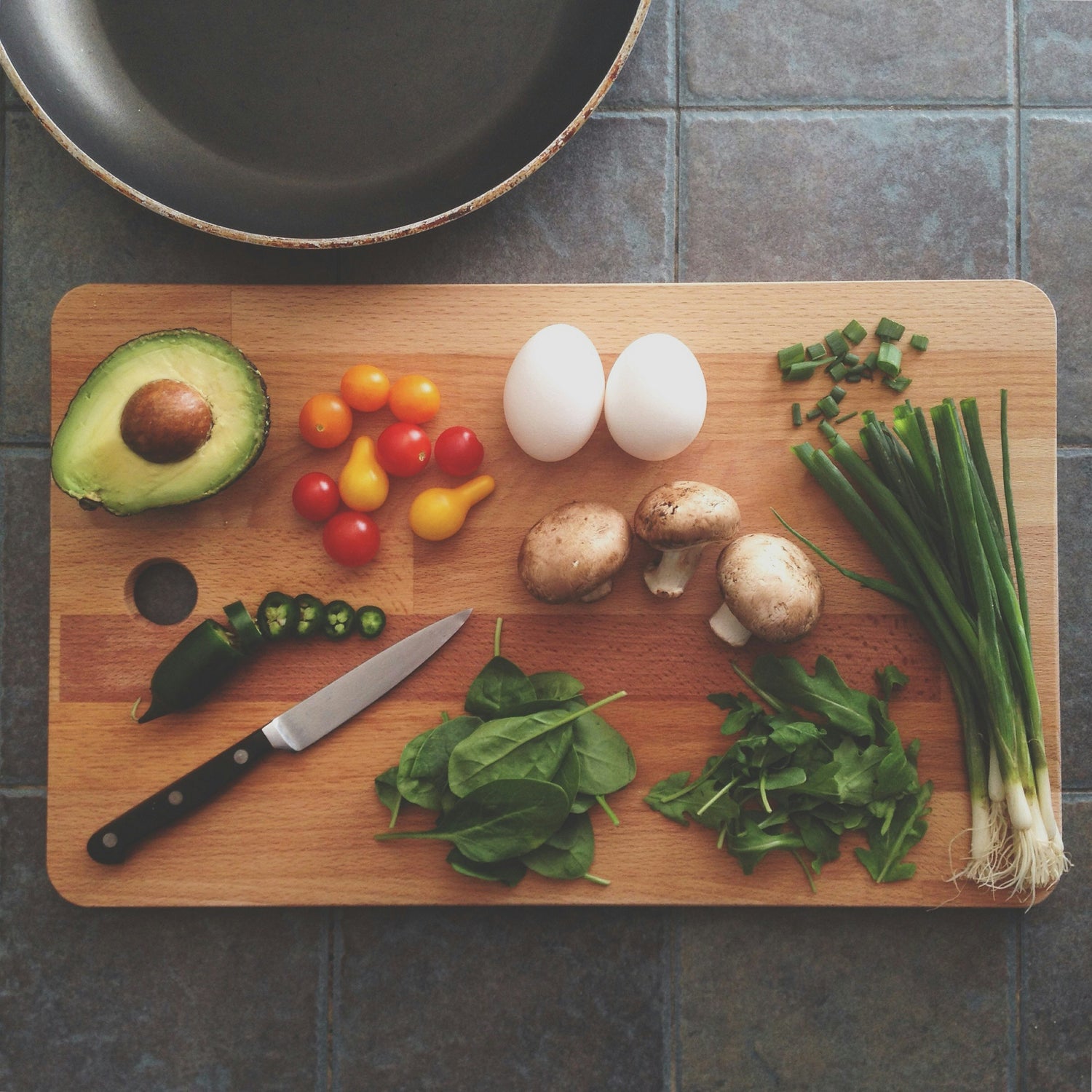Holiday Support for Detox and Digestive Function
Just one more bite, you think as you teeter on the brink of being somewhere between very full and feeling almost sick. An after-dinner cocktail warms your belly despite the large cube of ice chilling it in the glass. “I’ll detox/exercise/eat better tomorrow” is a common theme through the holidays as we encounter many gatherings with beverages, multiple course meals, and elaborate dishes to try. Although the “enjoy now, pay later” motto is one strategy, support for the body on the front end also can help to mitigate the damage that inevitably accompanies excessive intake of beverages or food.
One way to support digestive and liver health through the holidays is by using bitters. Herbal bitters have a long history of use, and are commonly used in cocktails known as aperitifs and digestifs which are served before and after meals to stimulate appetite and digestion. However, bitter herbs act far beyond the digestive system, and broadly impact the liver, kidneys, skin, immune system, and detoxification pathways.1 They stimulate the body’s production of digestive secretions, supporting the digestion of food and healthy gastrointestinal function. Bitters substances support healthy bile flow, which is necessary for the normal bowel motility and elimination.2 This bile flow also helps keep the gut flora in balance, a balance which can be tipped in the negative direction with excessive consumption of holiday sweets.3 Bitters can be taken before meals to support digestion, but also can be enjoyed in a cocktail or sparkling water between meals to help alleviate digestive discomfort. Some of the herbs used as bitters such as dandelion, milk thistle, and gentian also deliver hepatoprotective benefits, supporting the antioxidant status and health of the liver, giving even more reason to use them in your cocktail.4,5, 6
At times, with holiday meals, we may consume foods that we normally try to avoid due to sensitivities. Although that carrot cake with cream cheese frosting may taste good for a moment, cloudy thinking, anxiety, itching, or digestive discomfort may soon follow. One substance which can help restore immune system balance and reduce food reactions, even when taken after the fact, is diindolylmethane, commonly known as DIM. DIM is derived from cruciferous vegetables and is commonly used as support for hormone metabolism, but its potential benefits are much broader than this. DIM has been shown to induce a regulatory T cell response, reducing the T cells associated with allergy and the pro-inflammatory response.7 A bolus of DIM, taken in a rapidly absorbable form such as a nanoemulsion, can help restore the body to balance quickly. DIM also has the effect of “turning on” the Nrf2 pathway, the switch that turns on the body’s expression of many drug metabolizing enzymes, detoxification transporters (necessary to get toxins out of the cell), and other antioxidant enzymes.8,9
Although the liver technically is a part of the gastrointestinal system, it really serves a much larger job than just digestion. Many are familiar with the burden that alcohol consumption places on the liver, but excessive food is taxing to the liver as well and contributes to a condition known as non-alcoholic fatty liver disease. One of the molecules that is important for supporting the health of the liver is glutathione, the body’s main intracellular antioxidant.10 Consumption of alcohol induces oxidative stress that damages the liver, impairing antioxidant defenses and producing reactive oxygen species, as well as depleting glutathione.11,12 Glutathione is important for cellular health, energy production, and a normal immune system response.13,14
Alcohol, particularly in excess, has an effect of increasing intestinal permeability, leading to what is commonly known as leaky gut. With leaky gut, endotoxin associated with bacteria in the gut is able to enter into circulation, creating a strong inflammatory response, blocking detoxification pathways, and damaging liver and kidney function.15 This is, in part, what leads to symptoms of a hangover -- including difficulty thinking, aches and pains, and digestive symptoms after consuming excess alcohol. One effective tool to reduce these symptoms is the use of a binder such as activated charcoal and chitosan which both bind endotoxin and also help to reduce related inflammation.16,17,18 A comprehensive binder also can help the body to clear other things which it may be reacting to such as pesticides and herbicides, as well as mold toxins found in food, wine, and beer.19,20,21,22
For a comprehensive liver support package, one must also consider phosphatidylcholine. Phosphatidylcholine is the predominant phospholipid building block of cellular membranes, and comprises over 90% of the bile phospholipid content.23 It helps maintain the fluid nature of cellular membranes for transport of nutrients in, and toxins out of the cells. It is of particular importance for the function of hepatocytes in removing toxins from the body, which are transported out complexed with the bile and phosphatidylcholine. Inadequate intake contributes to impaired biliary excretion of bile and toxins, and promotes cholesterol crystallization and gallstone formation.24 Increased intake of phosphatidylcholine has been shown to enhance biliary lipid secretion, preventing cholestasis and subsequent liver damage.25,26
So, before you head out to your holiday parties, make sure you are prepared with your arsenal of support! Crafty cocktails with charcoal in them are also even a trend, showing up in trendy lounges in major cities and with do-it-yourself guides on the internet. Enjoy your pre-dinner bitter-filled aperitif and make an after-dinner cocktail everyone will be talking about still the next year!
To learn more, read on at:




